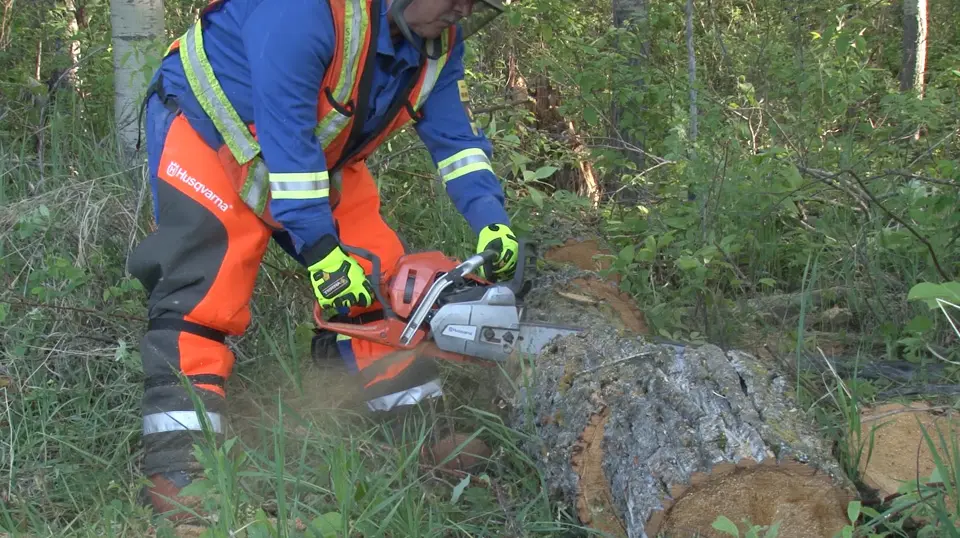In the realm of outdoor work and forestry management, the chainsaw stands out as a vital tool, unmatched in its efficiency and effectiveness. However, its power comes with significant risks, necessitating proper safety measures and training for anyone wielding it. This guide aims to illuminate the essential practices and the pivotal role of chainsaw safety courses and chainsaw safety training in ensuring the safe and proficient use of this potent tool.

The Imperative of Chainsaw Safety
Chainsaw operation involves inherent dangers, from kickbacks to noise-induced hearing loss and potential cuts. These risks underscore the importance of safety training—not only to protect operators but also to enhance their efficiency and productivity. Comprehensive safety measures encompass wearing appropriate protective gear, understanding chainsaw mechanics, and mastering safe-cutting techniques.
Core Elements of Chainsaw Safety Training
Chainsaw safety training is designed to equip operators with knowledge and skills vital for mitigating risks. Critical components of this training include:
Understanding Chainsaw Operation: A thorough grasp of chainsaw features, maintenance requirements, and operational mechanisms.
Personal Protective Equipment (PPE): Guidance on selecting and using the right protective gear, such as helmets, gloves, chaps, and ear protection.
Cutting Techniques: Instructions on various cutting methods, including felling, limbing, and bucking, alongside strategies to manage kickbacks and avoid accidents.
Emergency Preparedness:Training in first aid and emergency response, preparing operators to handle potential accidents swiftly and effectively.
The Role of Chainsaw Safety Courses
Chainsaw safety courses serve as the foundation for acquiring and refining the skills necessary for safe chainsaw use. These courses provide a well-organized educational setting in which participants can engage with experienced instructors, benefit from hands-on practice, and gain insights into the latest safety standards and best practices. By covering both theoretical knowledge and practical skills, these courses ensure that operators are well-prepared to handle chainsaws with confidence and care.
Choosing the Right Safety Training
Selecting an appropriate chainsaw safety course is crucial. Prospective participants should look for programs that offer a comprehensive curriculum, experienced instructors, and opportunities for hands-on practice. Additionally, courses should be up-to-date with current safety standards and regulations to ensure that the training is relevant and practical.
The significance of chainsaw safety courses and chainsaw safety training cannot be overstated. They are indispensable for anyone looking to use chainsaws, whether for professional forestry work, landscaping, or personal projects. By investing in proper safety training, operators not only protect themselves but also enhance their efficiency and effectiveness in using this powerful tool.
Our website is the perfect resource for further details.
whmis online certification ontario
Traffic Control Training Online




Comments